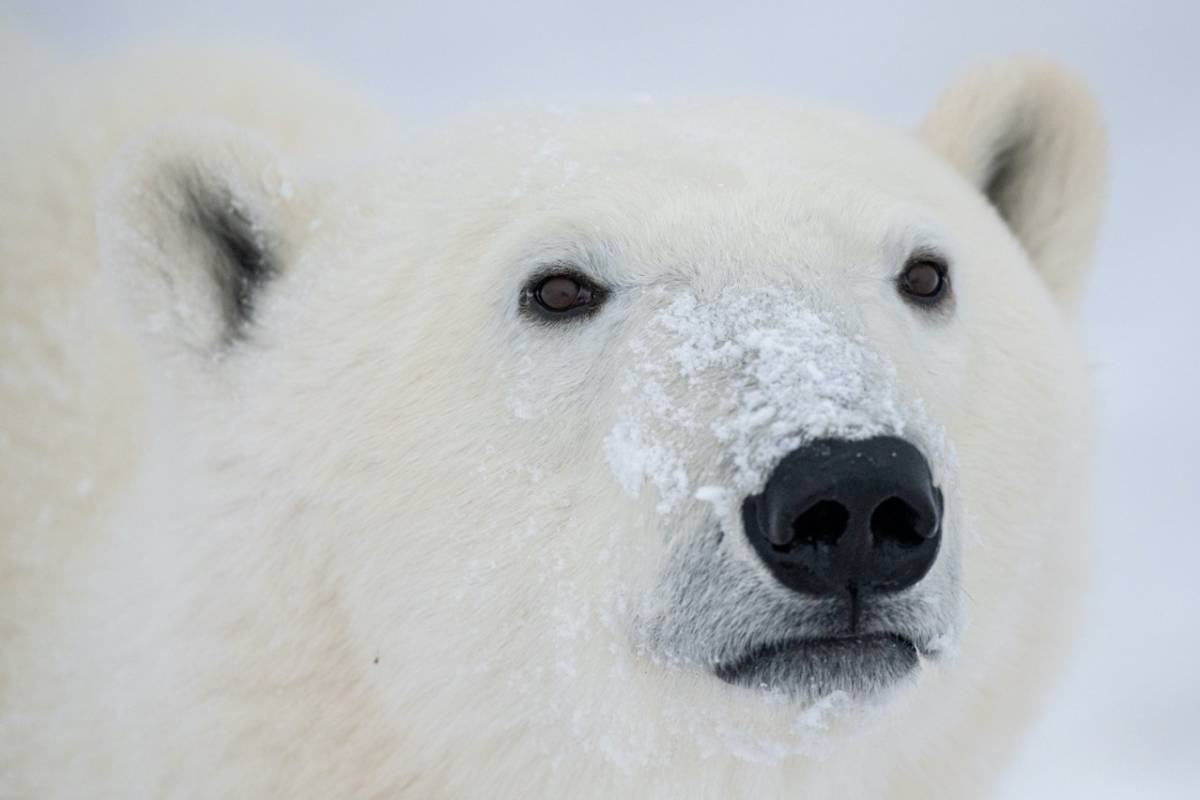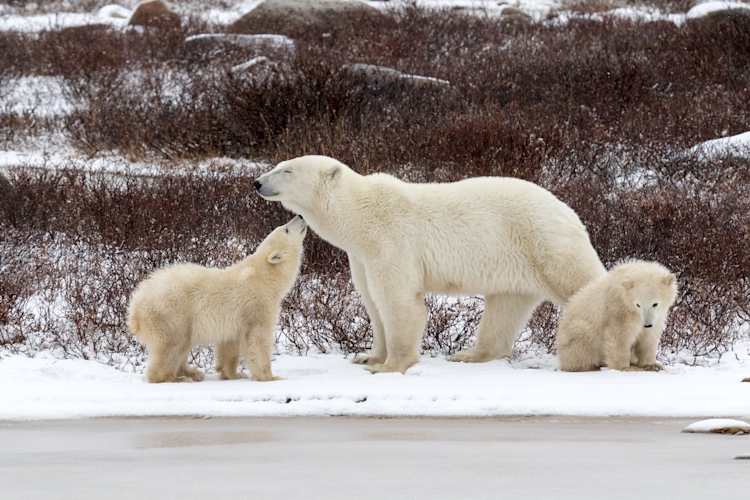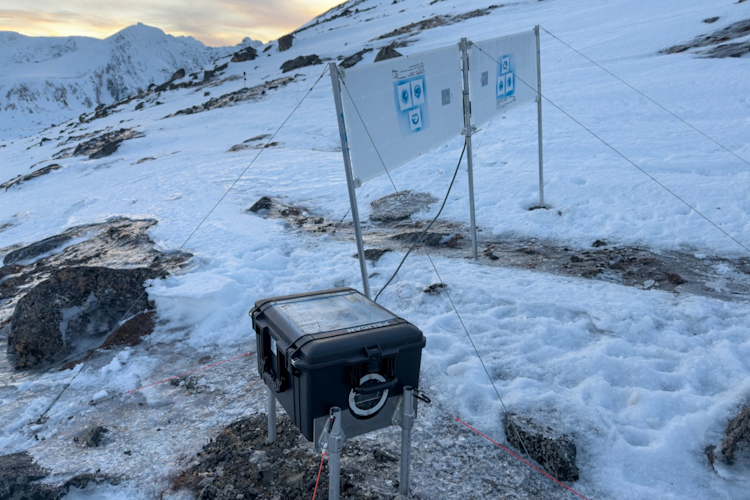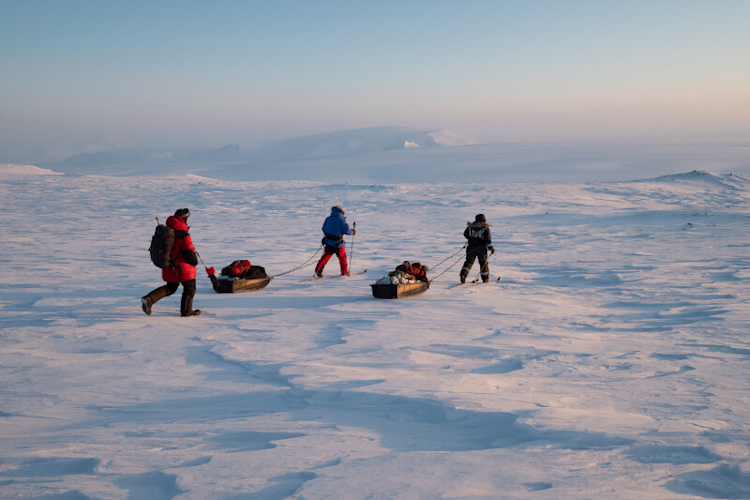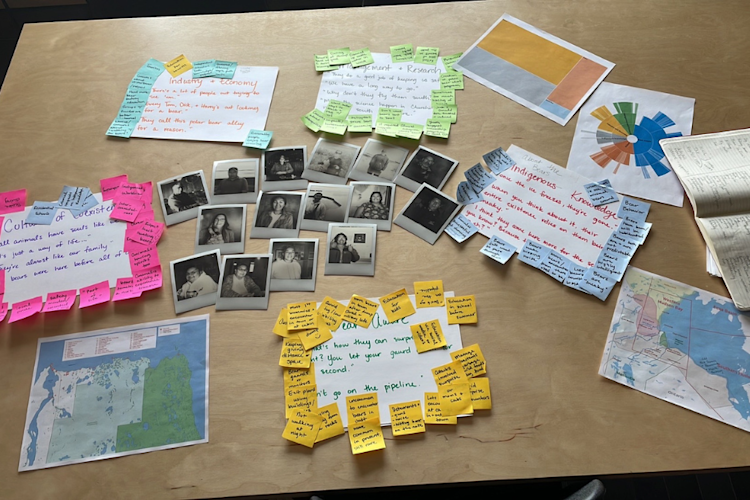“The book of nature is written in the language of mathematics” - Galileo
Mathematics surrounds us in our everyday lives, from simple calculations of household budgets to complicated models for local weather predictions. It’s generally recognized that math is a key component in jobs like engineering, but did you know that ecologists use math to test theories and make predictions?
I pursued my PhD at the University of Toronto specifically to learn how a field ecologist, like me, can combine field data on polar bears (e.g. how many seals they eat, how much they move) with mathematical models to make predictions about polar bears in the face of climate change.
Global warming has caused a decline in the sea ice habitat polar bears depend on to catch seals, and scientists predict further sea ice loss. To understand how polar bears will be impacted we need to know their survival and reproductive rates under these low sea ice conditions. However, we don’t have field measurements, since they are never-before-seen conditions, and we can’t assume the rates won’t change because we know bears need ice to eat and thus survive. So, what can we do?
Enter mathematics!
The cool thing about math is that once you figure out a relationship, you can use it to explore different scenarios and find unknown values. Think about the classical Pythagorean theorem: If we know the length of two sides of a right triangle, we can determine the length of the third. Similarly, if we determine the relationship between sea ice and polar bear survival/reproductive rates, then we can predict how those rates will change under never-before-seen sea ice conditions. But how do we find the relationship between sea ice and polar bear survival/reproduction?
